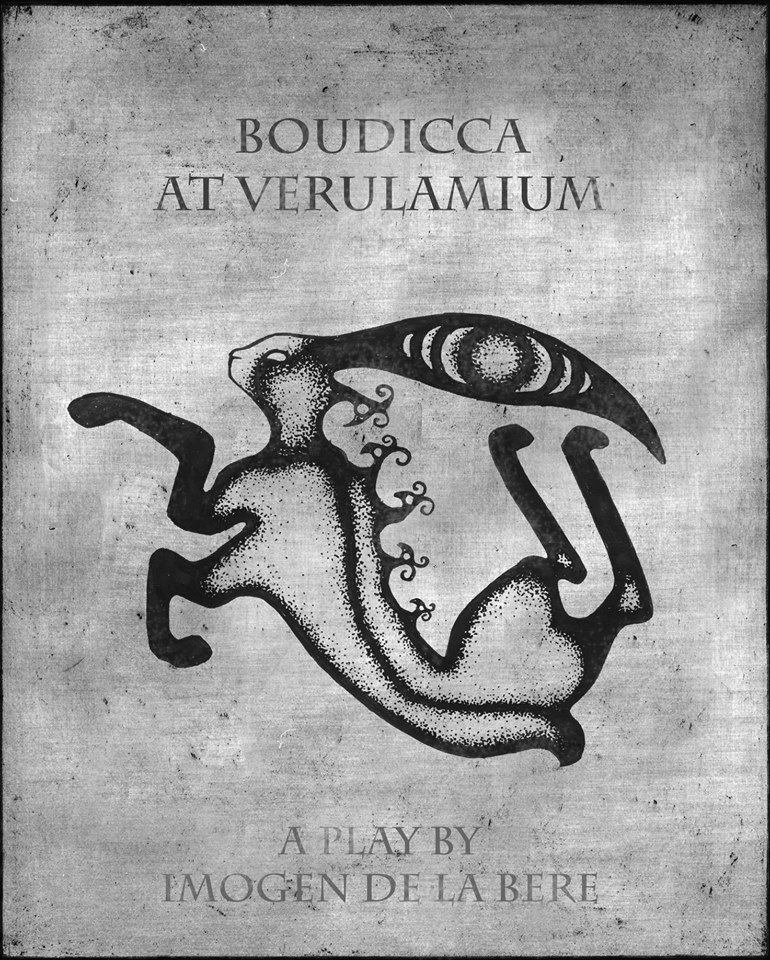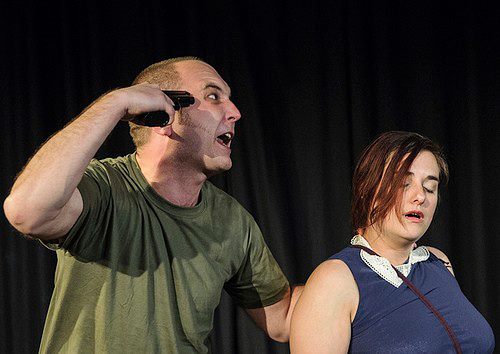We thought it would be interesting to give you an insight into how 4amcab gets made, so this is the final part of a three part blog post doing just that. Lee shares his secrets for making the show sound as good as it does.
Part 3: Editing
For the writers and the actors, their job is done. For me though, the hard work is just beginning. Rachel has named the editing process TLWE, or The Lee Wilson Effect. She’s very kind. All I really do is trawl the internet for podsafe music (more on that later) and bung in a few sound effects and there you go. Sounds simple but it’s actually painstaking.
The first task is really to get the best version of the actors performances into one final take. Usually it’s the second run through and the odd retake of the punchline but ocassonally it’s a complete mix of the three. In S2Ep1: Writers Room, one of the storyline characters takes Spood, our fictional drug with the opposite effects of speed. For the recording of this scene I needed to keep the actors voices separate. The scene relied upon a lot of post production to slow down and add reverb, so any overlap of the voices would make it impossible. As anyone that’s worked in drama will tell you, you get the best performance when the actors react to each other. However, that’s the last thing I technically needed for this to work. So what we ended up doing was running the scene several times, then recording both parts separately with the same energy. I think it worked.
Another device that I use to great effect in 4amcab is stereo. I use this to add depth, movement and perspective to the show and it makes it sound slick too. As our budget is zero, I record with just one microphone, so I have to create the stereo image in post production rather than during the recording. To do this, I need clean takes (no overlapping of the actors) to be able to split up during the edit. Simply put, I chop up the recording and then adjust how much of each actor comes out of each speaker. When the music and sound effects are layered on top it makes the show sounds so much better than if it was a mono production. Of course all this is irrellevant if you listen on your iPhone speaker, so I must also make sure that it works well as a mono listen too.
We think the overall sound of the show is very distinctive. In fact, most people’s first comment is along the lines of, “It sounds fantastic.” Although we don’t have a regular theme for the show, each episode does have it’s own identity which also conforms to our overall style. This theme also forms a leitmotif to inform the listener when we’re returning to the storyline. Finding the theme, and in fact all the music for the show, is a long process of auditioning and rejecting a variety of music until I find the one that works. You probably wont recognise any of the music we use as it is created by talented people doing it for the love of it and then sharing it with a Creative Commons licence. We do credit everyone that we use, so if you like the sounds please do check out the links and listen to other music that they have created.
The sound effects come last. Once the bulk of the episode is edited, the final touch is to add in the noises to make the sketches, dare I say it, more believable. This can be anything from a door opening to the beep of a ghost detector. I take two paths to find the sound effects, firstly I try find them online and secondly if there’s nothing suitable I make them myself. There are many websites that share sounds for free that other sound designers have created and this is the easiest method of adding them to the mix. Sometimes, though, they just don’t sound right and I have to make them. I have recorded car doors, engines, footsteps, paper rustling and oven doors, to name just a few. Incidentally, footsteps are the hardest one to get right, to my ears, they always sound fake.
Once the first edit is done. I try to leave it for a day or two and then come back and listen through to the whole thing with a pad and pen, writing down anything that doesn’t work as well as it should. I then go in for a second edit before sending the finished mp3 off to Rachel for her to tell me what she likes/hates. I then ignore Rachel and publish it online and on iTunes.
Then we get ready to do it all over again.









